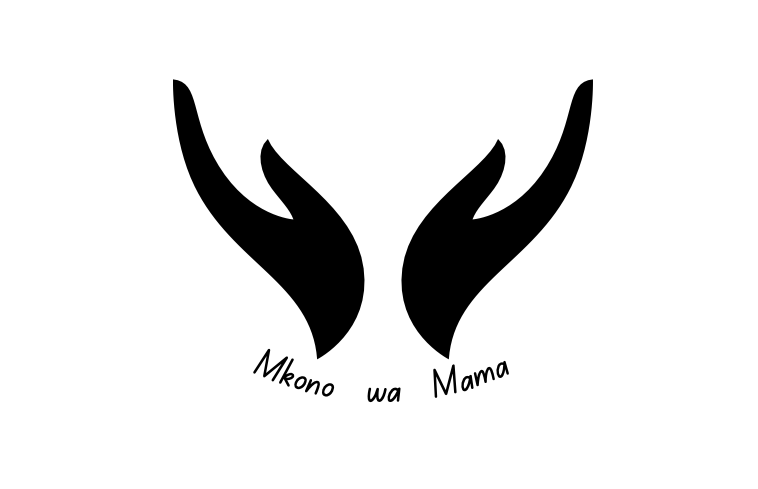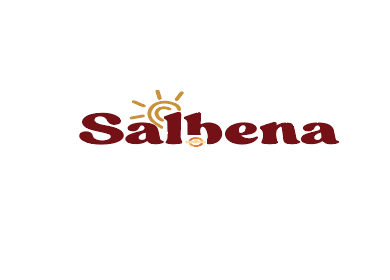Farmer Centered Agroecology Research
Farmer Centered Agroecology Research (FCAR) is a research platform that produces solutions for small-scale farmers practicing agroecological farming methods. It decentralizes the research process and puts the farmers in the center. FCAR was initiated in 2014 through a formal collaboration between SAT and SUA (the Sokoine University of Agriculture in Morogoro) to foster dialogue between scientists and organic farmers by creating channels for fusing local knowledge with conceptual thinking. Since then, identifying a problem, designing, conducting research, and evaluating products (innovations) have been done collaboratively by drawing experiences from academic and indigenous knowledge systems to better understand the constraints in the currently applied techniques. This helps to modify and adapt according to the farmers’ needs.
FCAR aims to develop scalable and applicable solutions, tailormade for small-scale farmers, produced through participatory action research. Subsequently, farm productivity, sustainability, and resilience shall be increased and hence positively impact farmers’ livelihoods.
Our objectives
- Farmers are visited by SAT to seek their concerns and ideas.
- Farmer’s challenges are evaluated by using Participatory Rural Appraisal.
- A preliminary workshop with farmers and lecturers from SUA is organized to refine the problems.

Objective 1: Research topics and concepts developed by farmers and students
A workshop for participatory research design (WPRD) – the core of the process – is a platform that brings together organic farmers and pastoralists, undergraduate and postgraduate students, lecturers, researchers, and research supervisors from SUA. It is organized to refine existing problems related to land management, marketing, organic crop, livestock production, and the use of information and communication technologies in ago-ecology and engage to participate together in planning demand-driven research.
It includes
- Lectures on agroecology and participatory research
- Research presentation of former FCAR
- Farmers’ presentation on problems and inclusive discussion
- Designing possible research concepts in workgroups
After WPRD, students are invited to submit concept notes based on the developed research topics. Then selected students are invited to submit a full research proposal and make a presentation to farmers.
- After farmers have presented refined problems, students and farmers develop research questions and discuss the chosen topics. Later, these are summarized into specific research clusters designed to cover the most urgent issues for farmers.
- Students are invited to submit concept notes based on the developed research topics. Then selected students are invited to submit a full research proposal and make a presentation to farmers.
Objective 2: Research on specific clusters brings insights and practical solutions to problems, as…
- …research is always carried out in villages in collaboration with farmers.
- …farmers are involved through all stages of the research.
- …farmers’ recommendations are noticed during proposal presentation, and if necessary, the proposals are changed to align with farmers’ needs.
After research has been done, research results and findings are presented. The final research presentation takes place in the villages. Farmers then have the opportunity to share their thoughts regarding the applicability and practicability of the results.
Objective 3: Gained practicable solutions are shared with and scaled to a broader network
When research has been accomplished and results have been submitted to SAT, we summarize the results and prepare a policy brief in collaboration with SUA. The gained research results are scaled through our Farmer Training Centre, the Farmers Magazine MkM, consultancies, and the SAT website. Also, SAT presents the FCAR approach and its results in various workshops and conferences.
The project is kindly supported by


Business Name: KilimoFocus and Consulting
Founder / Owner Name: Rebeca Andrew
Location: Dar es Salaam
Products/Services: The enterprise sources, packs, brands, and supplies food products to supermarkets and retail stores and provides consultancy services for agricultural projects
Instagram: @kilimofocustz

Business Name: Healthy Dried Food Tanzania
Founder / Owner Name: Oliver Kavishe
Location: Bagamoyo, Pwani
Products/Services: Snacks and food items such as dried fruits and vegetable powders
Instagram: @dried_foodtz

Business Name: Mamahealth Enterprises
Founder / Owner Name: Aslatu Nguku
Location: Dodoma
Products/Services: Preserving fruits and vegetables into healthy snacks and flours
Instagram: @mamahealthtz

Business Name: LPHQ Enterprise
Founder / Owner Name: Angelina Sylvester Hillu
Location: Iringa
Products/Services: Tomato wine
Instagram: @elitewinetanzania

Business Name: Golden Key Organic Processor
Founder / Owner Name: Farida Salehe Nassoro
Location: Dar es Salaam
Products/Services: Health and beauty products made from pure natural plants
Instagram Account: @fora_products

Business Name: Mamabora Food Products
Founder / Owner Name: Rose Mjuni
Location: Arusha
Products/Services: Nut butter with chocolate
Instagram Account: @mamaboranuts

Business Name: Mjasi Enterprises
Founder / Owner Name: Eva John
Location: Dar es Salaam
Products/Services: Ground, beetroot, carrot, coconut, potatoes
Instagram Account: @mjasienterprises_tz

Business Name: Mkono wa Mama
Founder / Owner Name: Ketteneema Lukindo
Location: Dar es Salaam
Products/Services: Fruits Candy and Pastes
Instagram Account: @mkonowamama

Business Name: Kabinti Products
Founder / Owner Name: Sarah Benard
Location: Ilboru, Arusha
Products/Services: Porridge Flour and Pumpkin Seeds Flour
Instagram Account: @kabinti_products

Business Name: Salbena Investment Company Limited
Founder / Owner Name: Simon Majeni
Location: Dar es Salaam
Products/Services: Organic honey
Instagram Account: @Salbenahoney

Business Name: Cocozania Group
Founder / Owner Name: Masome Daniel Kulwa
Location: Dar es Salaam
Products/Services: Virgin coconut oil, blended coconut oil, coconut biscuits, coconut powder
Instagram Account: @Cocozania_Official

Business Name: Nita Food Products
Founder / Owner Name: Lilian Mmbando
Location: Arusha
Products/Services: Nutritious seeds
Instagram Account: @nitafoodproducts

Business Name: Rejuvenation Food Africa limited
Founder / Owner Name: Anne Outwater
Location: Dar es Salaam
Products/Services: Ice cream from wild fruits and honey
Instagram Account: @zaidiicecream








